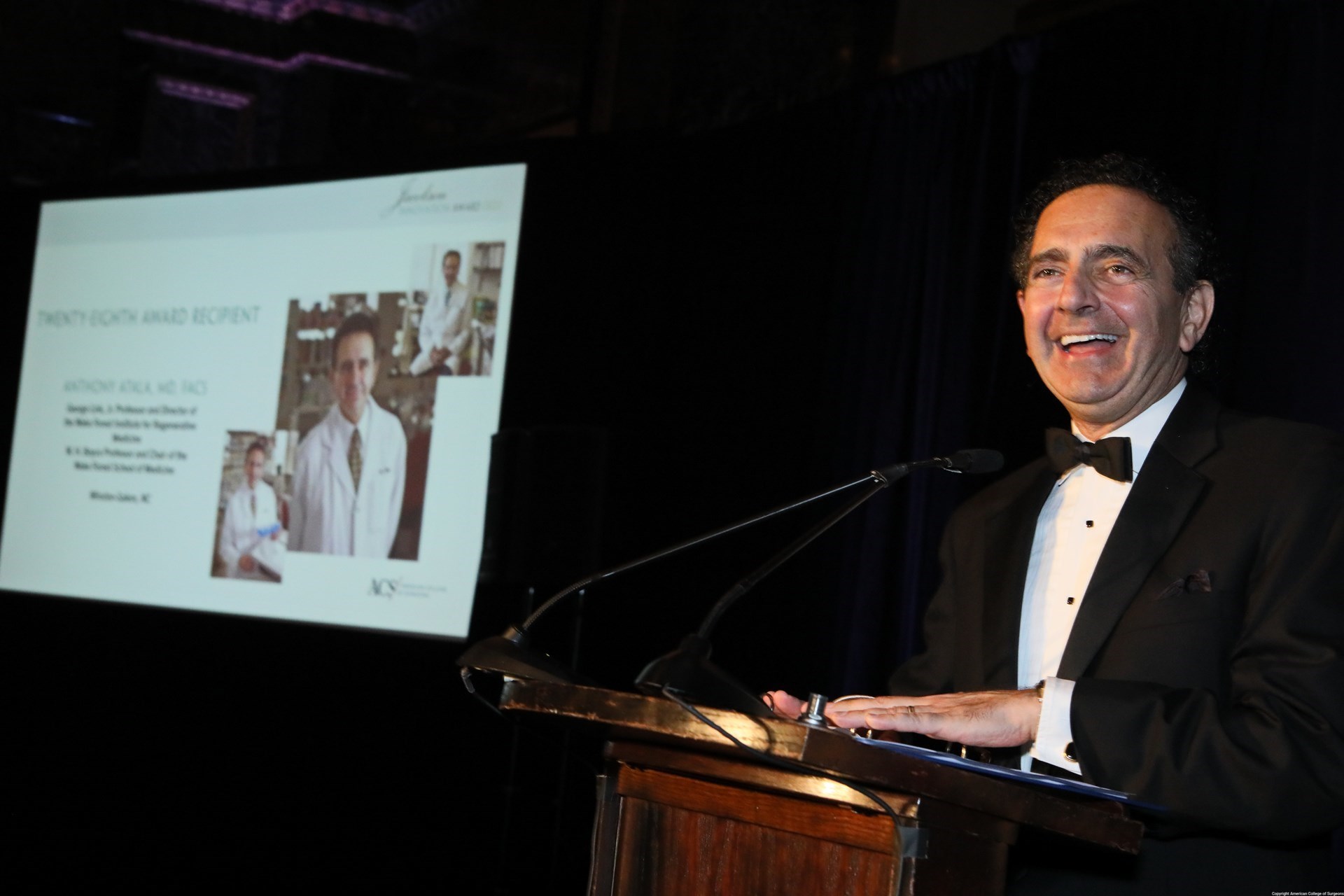Examining the Influence of Residual Disease in Excision after Diagnosis with Partial Biopsy in Melanoma
Ramiscal JAB, Stern SI, Wilson AK, et al. Does Residual Invasive Disease in Wide Local Excision after Diagnosis with Partial Biopsy Technique Influence Survival in Melanoma? Matched Pair Analysis of Multicenter Selective Lymphadenectomy Trial I and II. J Am Coll Surg. 2022, in press.
Clinical practice guidelines recommend complete biopsy of melanoma lesions with no residual disease detectable at the biopsy site after wide local excision, but data supporting a survival advantage for this practice are scarce. The authors of this report reviewed data from two large melanoma trials and developed a study cohort of 872 patients to determine whether residual disease discovered after wide local excision adversely affects long-term survival. Principal outcomes included melanoma-specific survival, distant disease-free survival, and disease-free survival.
Residual tumor was discovered on wide local excision of the initial biopsy site in 46% of patients. Matched pair analysis comparing patients with and without residual disease following wide local excision showed no statistically significant difference for any of the survival outcomes.
The authors concluded that partial biopsy did not adversely affect survival of patients with melanoma. In the discussion section, the authors noted that overall outcomes in patients with residual tumor discovered on wide local excision were worse, but these patients tended to be older, had thicker primary tumors, and were higher risk for positive sentinel nodes. They also noted that expedited staging and treatment associated with the partial biopsy technique may benefit patients during situations such as the COVID-19 lockdown, which has been associated with delays in treatment for several malignant diseases.
Addressing Burnout May Improve Surgeon Wellness and Patient Outcomes
Olortegui KS, Angelos P. Surgeons and Professionalism: Where We Are and Where We Need to Go. J Am Coll Surg. 2022, in press.
Donohue SJ, Wightman SC. Unprofessionalism Is a Contagion: Burnout Prevention Is the Cure. J Am Coll Surg. 2022, in press.
Surgeons have a reputation problem, according to authors of this article. They often are perceived as decisive and confident, but also blunt, harsh, and overly critical of colleagues. These negative behaviors suggest a lack of professionalism.
Most healthcare professionals can recall interacting with surgeons who were friendly, kind, and dedicated to patient welfare and considerate treatment of colleagues. Unfortunately, most also can remember encounters with surgeons who displayed unprofessional behavior.
The authors postulate that the root cause of unprofessional behavior among surgeons is a profound loss of job satisfaction, also known as burnout. Although surgeons’ behaviors characteristic of burnout are important, data cited in the article show that burnout also can be associated with an increased risk of adverse patient outcomes. In one clinical study cite, surgeons with at least four reports of unprofessional behavior had a statistically significant higher rate of postoperative complications than surgeons who had no reports of unprofessional behavior.
Surgeons joined the medical profession to help patients. If burnout is preventing surgeons from effectively achieving this goal, it must be addressed promptly and effectively.
Causes of burnout include increased workloads and decreased financial and personal support from healthcare systems. Beneficial interventions include greater operating room availability to improve time management, more resources to improve workplace efficiency, and psychological support such as counseling. The authors also recommended providing instruction in emotional intelligence, team training, coping skills, and professionalism beginning in medical school.
In the editorial that accompanied this article, Sean Donohue, MD, and Sean Wightman, MD, FACS, emphasized that high-performing healthcare teams have specific and defined roles, offer regular feedback, and exhibit a keen sense of trust among team members. Training in forming such teams and managing their functions is a potentially valuable way to reduce unprofessional conduct. They also noted a positive development—increased appointments of physicians and surgeons into health system leadership positions has been associated with improved professionalism among medical staff members.
Study Points Effective Treatments for Pediatric Button Battery Injuries
Gibbs H, Jatana KR. Pediatric Button Battery Injuries - Current State and What's Next? JAMA Otolaryngol Head Neck Surg. May 26 2022;doi:10.1001/jamaoto.2022.0849
Philteos J, James AL, Propst EJ, et al. Airway Complications Resulting from Pediatric Esophageal Button Battery Impaction: A Systematic Review. JAMA Otolaryngol Head Neck Surg. May 26, 2022;doi:10.1001/jamaoto.2022.0848
Button batteries are commonly found in households. Young children who ingest these batteries can experience esophageal injuries and damage to nearby structures such as the airway and recurrent laryngeal nerves from liquefaction caused by the electrical currents that the batteries generate. This article provided a systematic review of the literature that focused on airway injuries and long-term sequelae associated with button battery ingestion.
The report includes data on 195 patients, and showed that the mean age at ingestion was 17.8 months. The most common injuries were tracheal-esophageal fistula and vocal cord paralysis. Vocal cord paralysis symptoms usually were observed significantly sooner—within 24 hours of ingestion—than symptoms and signs of tracheal-esophageal fistula. The authors recommended additional educational efforts to improve prevention and early recognition of injuries associated with battery ingestion.
The editorial that accompanied this article noted that tracheal-esophageal fistulas require urgent surgical management. The authors also emphasized that early mitigation strategies such as the administration of sucralfate or honey may facilitate passage of the ingested battery and reduce injury severity.
The presence of upper airway symptoms in children, especially those younger than 3 years old, should raise suspicion of battery ingestion and prompt rapid evaluation in an emergency department. Radiographic identification of the battery location and surgical removal of the battery, along with careful inspection of the esophagus and repair of any discovered injuries, are recommended.










